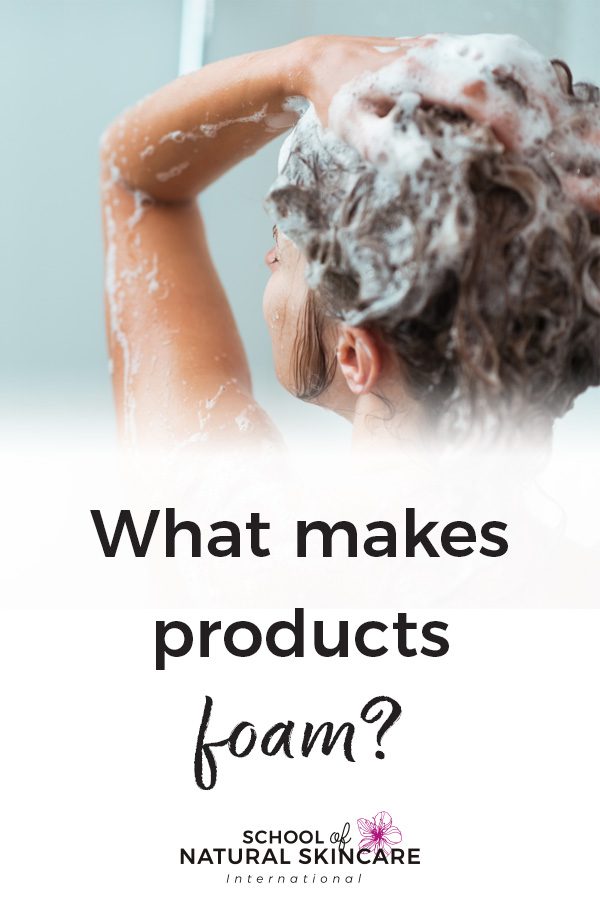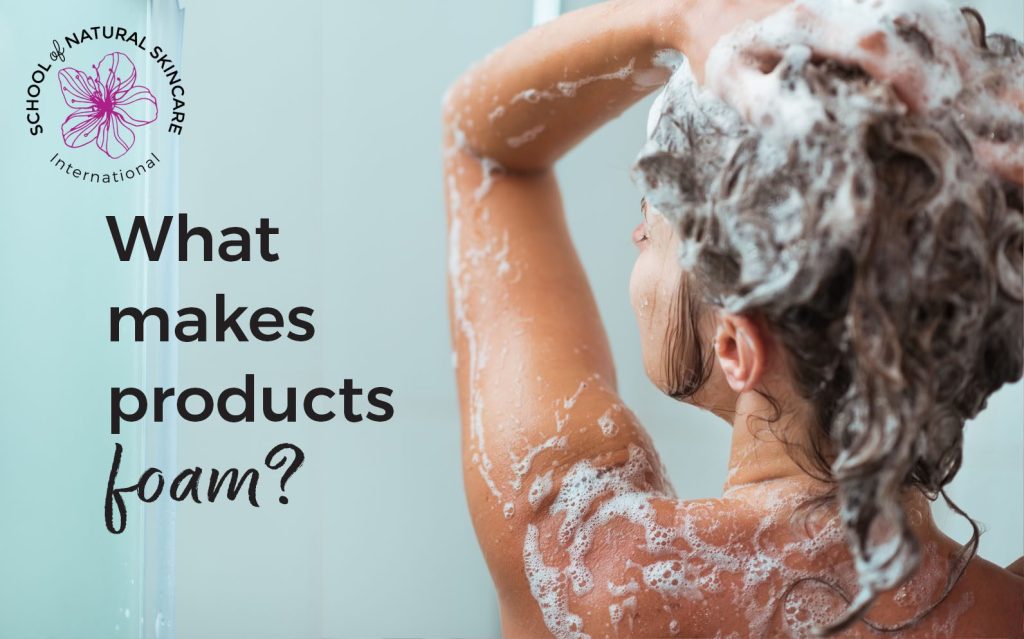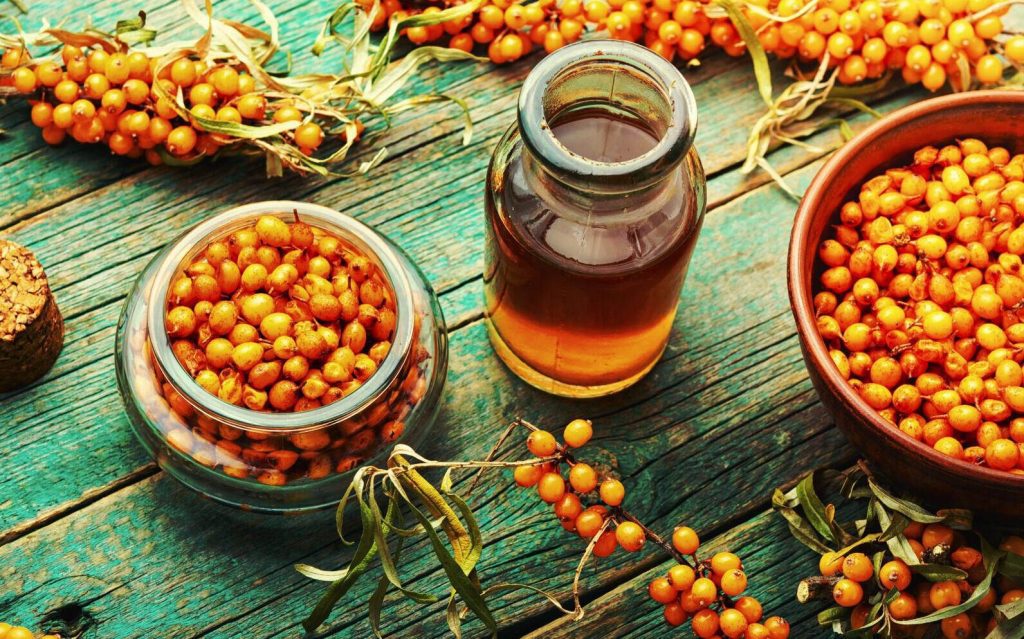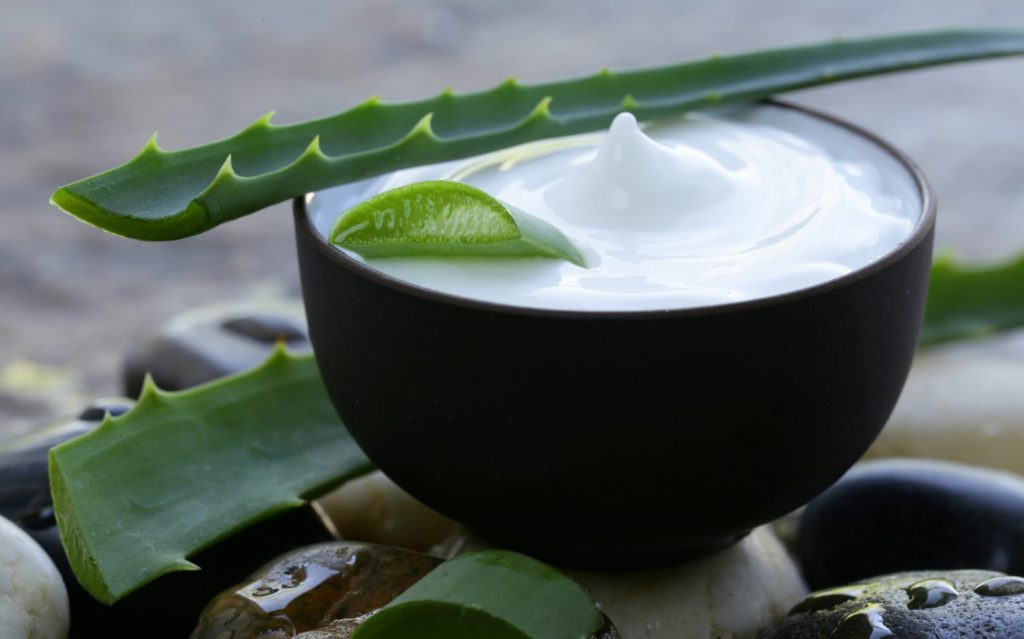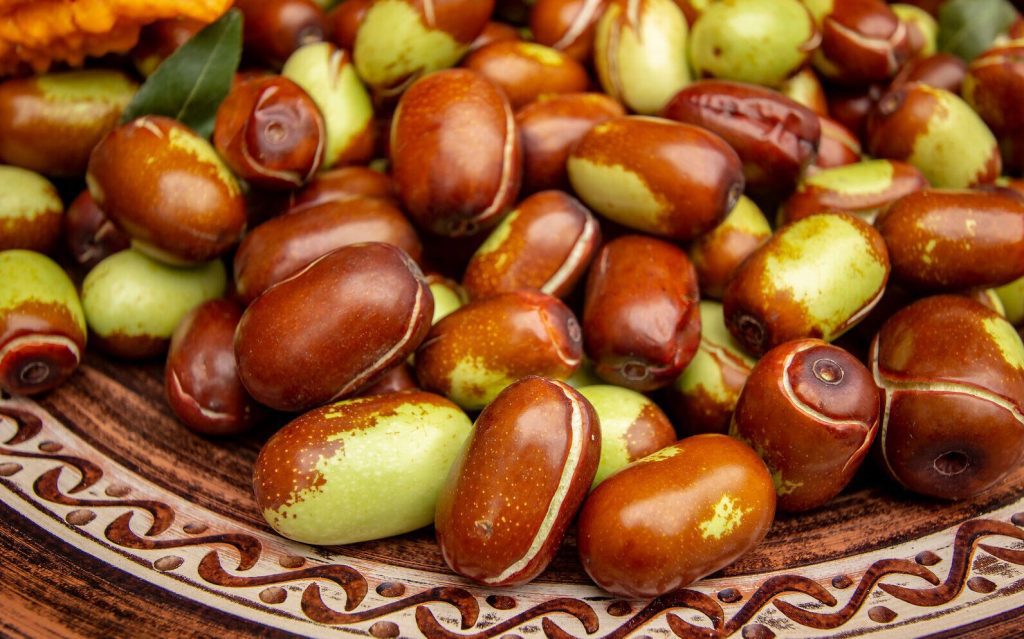Have you ever wondered what makes foaming products foam?
It’s thanks to a category of ingredient called surfactants.
Surfactants allow us to create a wide range of foaming products: everything from shampoo to body wash, hand soap to bubble bath.
Surfactants are a hugely useful ingredient and a category of ingredient that is really worth getting to know better if you want to increase the range of products you can make.
Surfactants have many functions.
They can make products foam, they can create emulsification in creams and lotions and they help solubilise ingredients too.
Here are seven of their main functions in skincare products.
7 Functions of surfactants
1. Wetting
This is how a product spreads out when it is applied onto a surface; for example a shampoo spreads out on your hair in a specific way in order to carry out its function.
2. Foaming
Surfactants are used to create foam in products such as in shampoo, and body-, face- and hand washes.
3. Dispersion
This is a where a solid, eg a powder, is dispersed in a liquid.
4. Emulsification
This is the formation of a dispersed system, made of two liquids that do not mix. Examples are creams and lotions, which contain both oil and water. Emulsification creates a dispersed system, which allows the oil and water to mix together without separating.
5. Detergency
Surfactants have the ability to remove dirt and grime from a surface. Examples here are in cleansing products and also in detergents used to wash our clothes.
6. Solubilization
This is a process where insoluble materials, such as essential oils, can be made soluble. An example would be solubilizing essential oils into a water-based product such as a toner or shower gel.
7. Viscosity regulation
This means surfactants have the ability to vary the viscosity or thickness of a product. For example a shower gel is a thicker product than a foaming facial cleanser, which needs to be thinner due to its packaging.
So as you can see surfactants are extremely useful ingredients to get to know.
That’s why our latest Diploma course delves into surfactants in detail. And you’ll learn how to formulate your own range of foaming and cleansing products using them.
By the end, you’ll be able to confidently formulate a range of shower gels, face and body washes, bubble bath, liquid hand soap, foaming facial cleansers and more.
Liked learning about this? Save this image below on Pinterest so you can be sure to remember!
